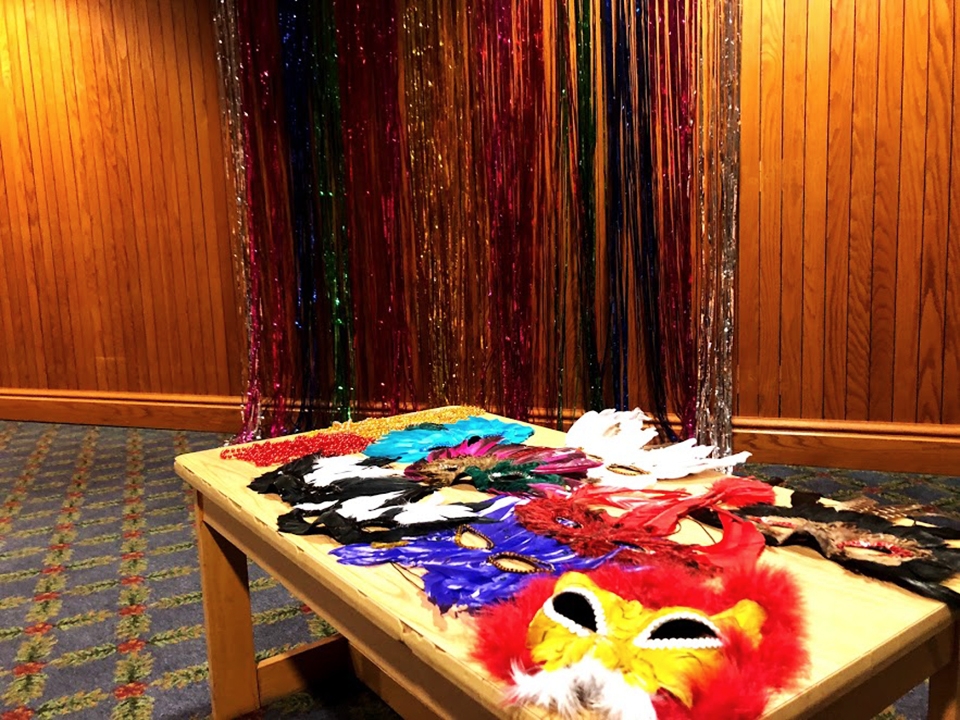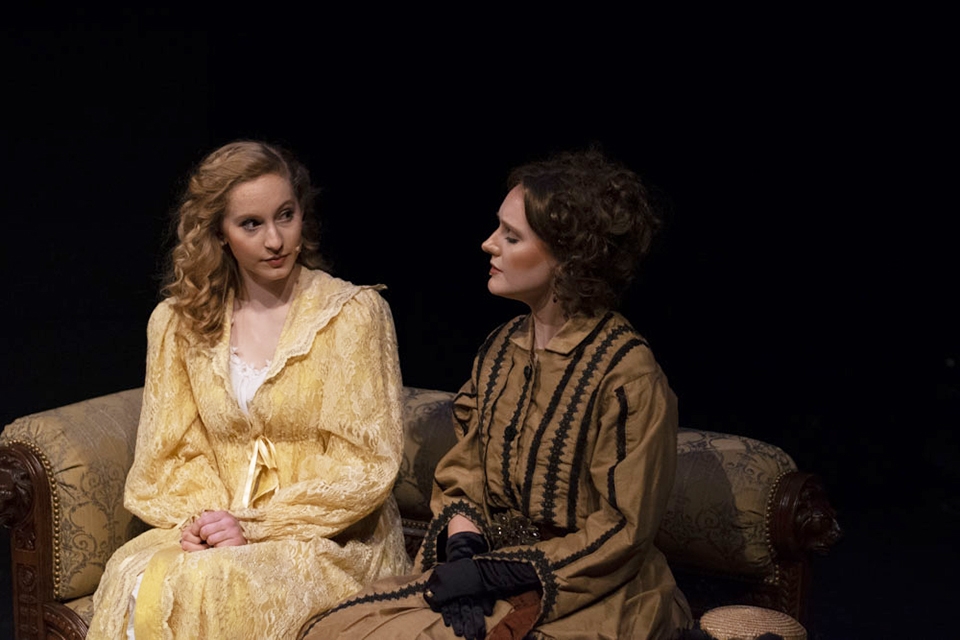
Animal masks and beads lay on a table in the Union as part of LASA’s Brazilian Carnival celebration that was held on Feb. 27.

Animal masks and beads lay on a table in the Union as part of LASA’s Brazilian Carnival celebration that was held on Feb. 27.
Sairah Aslam | Staff Writer
03/01/18
Brazilian Carnival. Typically, these words evoke the image of a festive, colorful scene: ecstatic samba dancers sporting massive, feathered headdresses and embellished costumes, performing rapid routines as enormous crowds of enthusiastic spectators cheer them on in the streets of Rio. On Feb. 27, Carnival came to Duquesne University thanks to the efforts of the Latin American Student Association (LASA).
LASA President, Heidi Shellenberger, said that the original Carnival in her country of origin, Brazil, served as inspiration for the main LASA event of the semester. In Brazil, where Catholicism has a significant influence, Carnival began as a religious holiday to commemorate the abstention of meat by some Christians during Lent. Now, the holiday has grown to huge proportions.
“The country unifies completely for a week. In Rio’s Carnival, 5 million people attended [in 2011], 500,000 of them were tourists,” Shellenberger said.
According to tradition, Carnival is comprised of numerous, massive official parades and even more smaller parades. The public is meant to cheer on the former and participate in the latter, which the entire country takes great pride in doing.
Having attended several smaller Carnival events in Pittsburgh, Shellenberger and LASA wanted to bring the tradition to the college community in the form of a “Duquesnable” Carnival.
LASA had attempted to host the events three years prior, but the club was much smaller then and could not attract a sizable attendance. Lately, the group has been growing. According to Shellenberger, when she first joined the organization, half a dozen members attended meetings. Now, the club boasts more than two dozen active members.
Joe Ratay, who recently joined LASA, said that he enjoys attending multicultural events like Brazilian Carnival.
“[The events are] good way[s] to understand that there’s not just one culture in the world; [there are some that are] very different from the one culture people think there is, and they are very close geographically,” he said.
LASA displayed the rich and diverse culture of Brazil, serving a traditional meal of rice, beans and chicken with a side of fried plantains from the Strip District restaurant Chicken Latina. Decorators splayed colorful beads and feathers as decorative centerpieces for tables.
Expert dancers from the Pittsburgh Art of Motion were fully bedecked in the traditional flamboyant costumes of Carnival, complete with headdresses and decorative wings. At the conclusion of the event, dozens of attendees joined the dancers to participate in a conga line and show off newly acquired samba steps.
Shellenberger said that through events like Brazilian Carnival, LASA “wants to spread culture and have fun while we’re doing it” and, she mentioned that the student group’s “events always have free food.”




